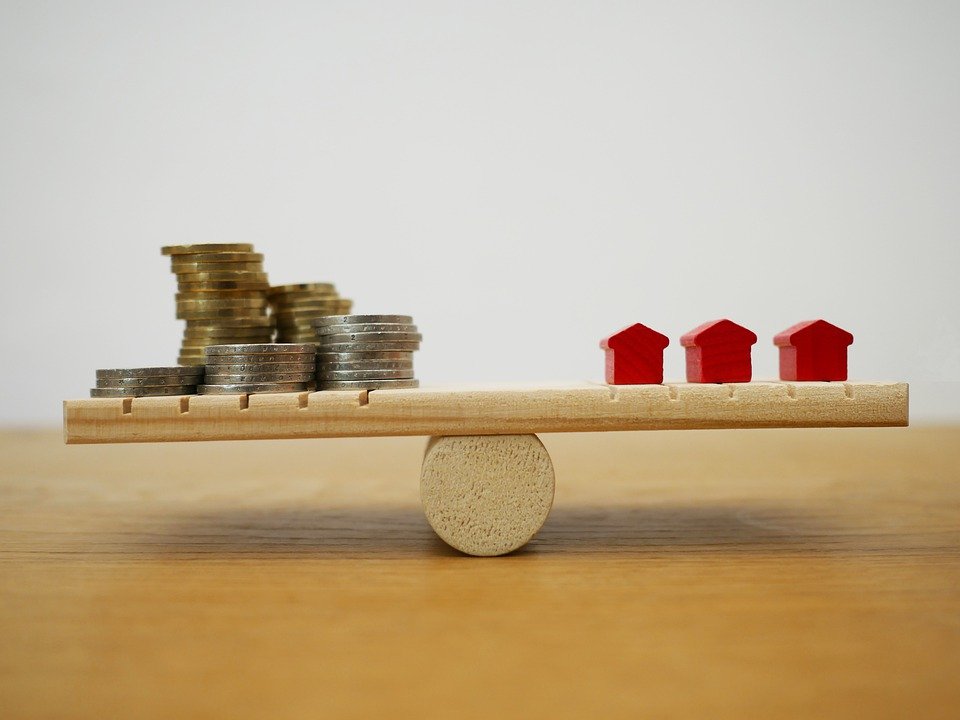In mid-2020, the Office for Budget Responsibility was getting nervous about UK house prices. It was forecasting that they would fall into the end of 2020 and then fall some more, to end 2021 down by 11% on the year. They weren’t alone in their pessimism (or maybe optimism – how you see this depends on whether you are a buyer or a seller). At the same time, the Centre for Economics and Business Research was forecasting a 14% fall.
They were all completely wrong. In April, the Nationwide House Price index showed prices jumping 2.1% in April alone (a 17-year high) and 7.1% over the year. The average house price is now at a record high (£238,831). Transactions are on fire: in March there were more sales than in any month since records began in 2005, with mortgage approvals running 13% higher than they were pre-pandemic in February 2020. Ask any estate agent and you’ll hear endless anecdotal evidence of a frenzied boom: more buyers registered with each estate agent than ever; viewings limited to 15 minutes; houses selling in days; first bids coming in 20% above the asking price.
To find out more about how we can assist you with your Mortgage requirements, please click here to get in touch
So what has happened to make so many respected forecasters so spectacularly wrong? It is the usual story: fast rising demand hits limited supply. This is partly about the extension of the stamp duty holiday. This now runs until the end of June, so the race is on to buy. That has “lit a fire under buyers” already feeling some urgency to reset their lives post-pandemic, as Hargreaves Lansdown points out.
But this isn’t just about what people want (home offices, more rooms all round and outside space), it’s about what they can afford to pay. Right now they can afford to pay a lot more than a few years ago. That is partly about having hard cash for deposits. Since March last year, the UK population has added over £200bn to their savings accounts, with another £16.2bn deposited this March alone (the pre-pandemic average per month was £4bn-£5bn).
Read about the UK Housing Market via our Specialist Residential & Buy to Let Division
It’s also about mortgage rates being very low (under 2% on average). The house price to earnings ratio might be at an all-time high – and it is true that the last time they hit these sorts of levels (2007) they fell 20% soon after – but take out an 80% mortgage on the average house in the UK today and it will cost you around 36% of the median income, says Capital Economics. The average since the 1970s? Around 43% – with nasty peaks in 1989 and 2007 at over 60%. Houses may look very expensive, but on a monthly payment basis, they cost an awful lot less than before (in 2007 average mortgage rates were around 6%).
So what next? How long can the frenzy last? Demand may start to fall as the stamp duty holiday comes to an end (sales fell sharply after the 2008-2009 stamp duty holiday), an increase in supply appears and as lockdown fades (will we keep working from home?). But the real change will come if – when? – mortgage rates rise. They can’t fall much further – and so will soon have provided all the support they can to borrowers and hence to house prices.
We don’t expect rates to rise to keep up with inflation (they have to stay lower to erode our debt in real terms) but there will be an uptick at some point. That may not be enough to cause anything too nasty (certainly not in nominal terms) but it may mean that UK house prices next year aren’t much higher than they are this year.
By Merryn Somerset Webb
Source: Money Week
Discover our Mortgage Broker services.

